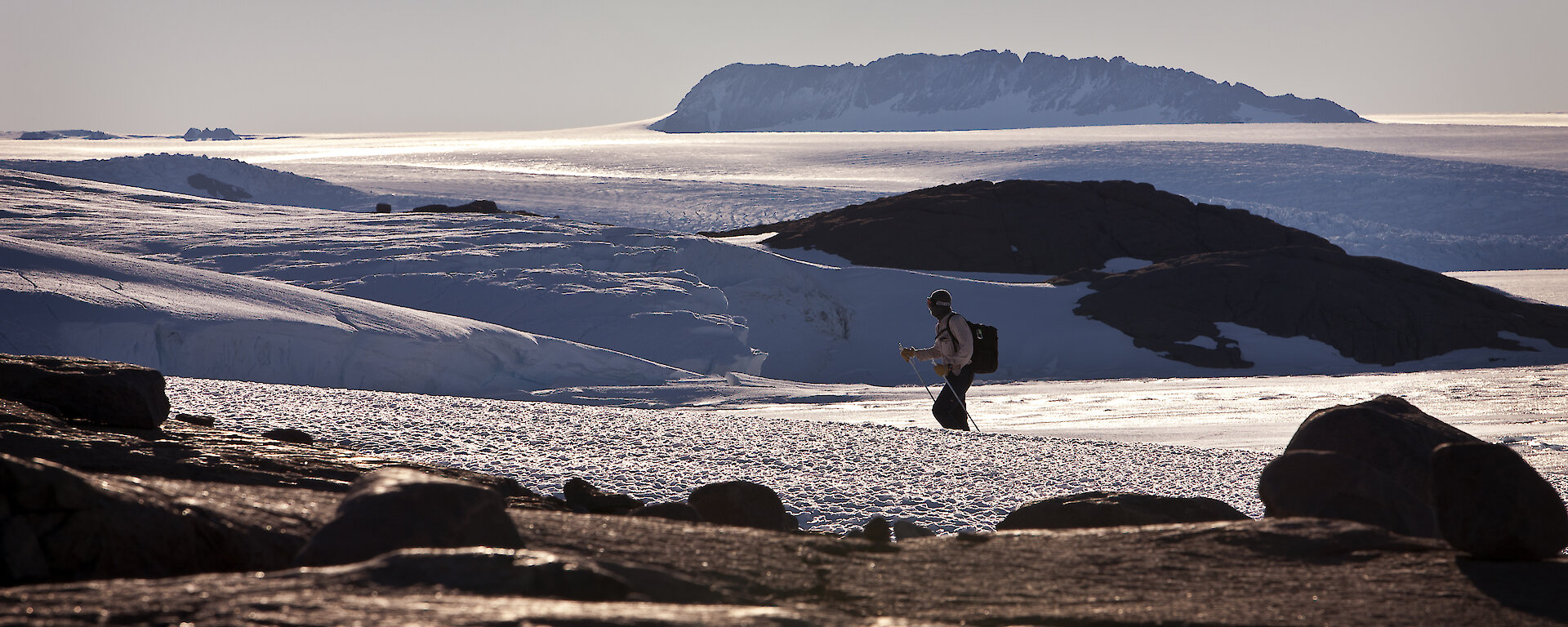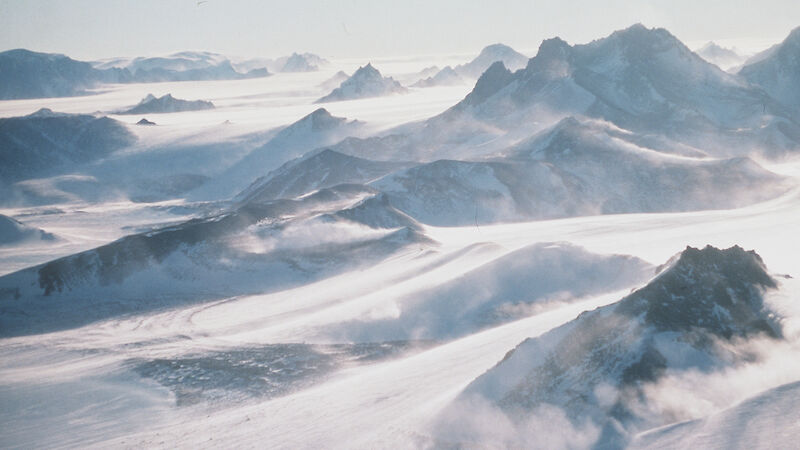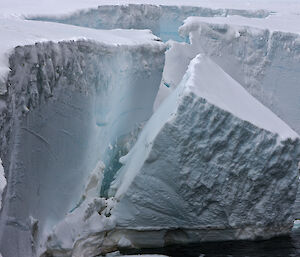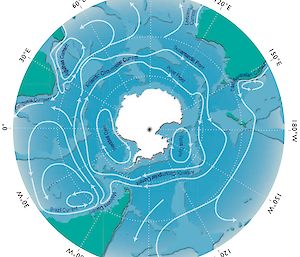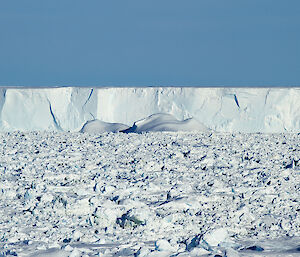Antarctica’s dome-shaped ice sheet has been formed by snow. The snow has accumulated over hundreds of thousands of years and compressed into ice. The ice generally flows from the centre of the continent towards the surrounding ocean. There are thousands of glaciers extending into the sea. Great pieces of ice break away at the coast and drift away as icebergs.
Except for coastal peaks, only the highest Antarctic mountains show above the icecap. The Prince Charles Mountains inland of Mawson and the Transantarctic Mountains in the Eastern Sector, contain the highest peaks in Australian Antarctic Territory.
During winter, it gets so cold that the sea surrounding Antarctica freezes for hundreds of kilometres offshore. The ice breaks up to form pack-ice. Under the action of winds and currents, pack-ice is constantly changing its form and distribution.
Antarctica is surrounded by the Southern Ocean. The Southern Ocean connects the Atlantic, Indian and Pacific Oceans. The Antarctic circumpolar current circles from west to east around Antarctica. It is the largest current in the world.
The Antarctic Convergence is the region of the Southern Ocean where the cold waters of the Antarctic circumpolar current meet and mingle with warmer waters to the north. This intermixing creates a zone of higher than average nutrient concentrations. Because of this, the Antarctic Convergence has an abundance of marine plant and animal life.

